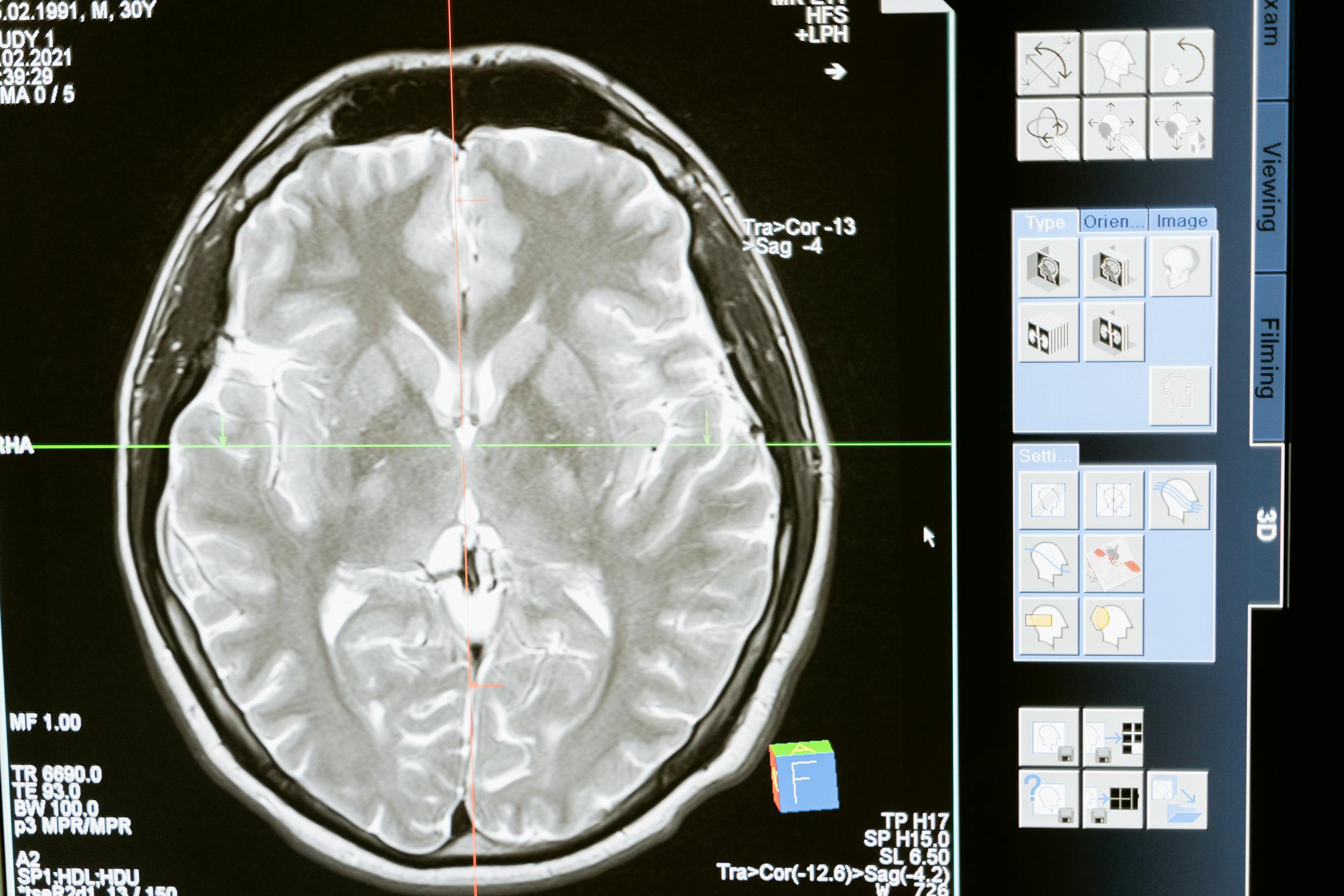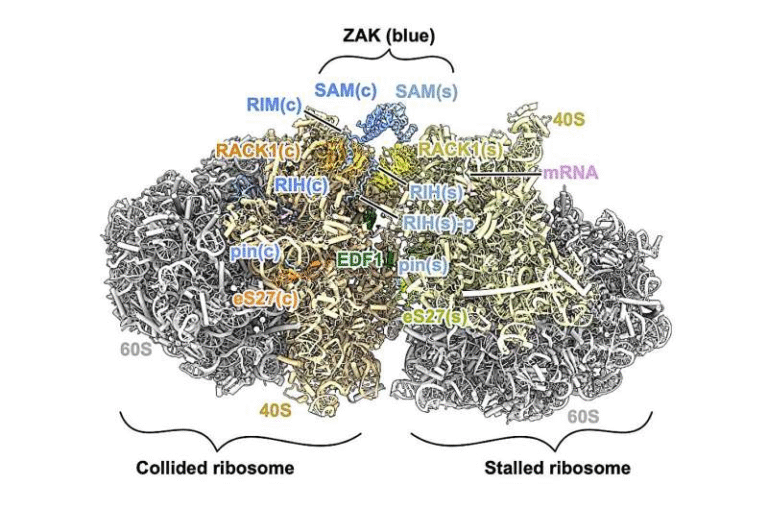Stanford Scientists Reveal How the Brain Builds and Refines Motor Memories

When we talk about muscle memory, we usually imagine our brain storing skills the way a computer saves files. But new research from Stanford University shows that’s not the case. Instead, motor memories form through a process where initially messy and disorganized neural activity gradually becomes refined, efficient, and stable.
This new perspective not only reshapes how we think about learning everyday skills like walking or typing but also opens up potential pathways for understanding and treating disorders like Parkinson’s disease.
This discovery comes from two recent studies led by Jun B. Ding, a researcher affiliated with the Wu Tsai Neurosciences Institute at Stanford. The work was supported by the Knight Initiative for Brain Resilience and was published in Cell Reports and Nature in 2025. The results provide a clearer view of how groups of neurons, or ensembles, organize themselves during the process of motor learning and how those circuits might be disrupted in neurodegenerative diseases.
The Big Picture: From Chaos to Stability
When learning a new skill, the neurons in our brain do not immediately form a clean, coordinated network. Instead, the process starts with a chaotic firing pattern, where many neurons are active but not yet specialized. With practice, this disorder gives way to smaller, more stable, and more efficient neural networks.
These refined circuits are what we eventually rely on when a movement becomes second nature, whether that’s playing a musical instrument, driving a car, or simply walking across a room without thinking about it.
This gradual reorganization highlights the brain’s ability to prune unnecessary activity while reinforcing the circuits that are most relevant to a learned action. The findings challenge the conventional view that motor memories are static recordings. Instead, they appear to be living, changing networks shaped through practice and experience.
Study 1: Striatum Refinement During Learning
The first of the two studies, titled “Refinement of efficient encodings of movement in the dorsolateral striatum throughout learning”, was published in Cell Reports in September 2025. This research zoomed in on the dorsolateral striatum (DLS), a region of the brain crucial for coordinating voluntary movements and forming motor memories.
Experimental Design
Researchers, including postdoctoral scholar Omar Jáidar and graduate student Eddy Albarran, trained mice on a spinning wheel.
Over several daily sessions spanning a week, the animals had to learn to run in this unstable environment. Throughout the process, the scientists used two-photon calcium imaging to observe activity in the striatum, particularly in two types of neurons:
- Direct-pathway spiny projection neurons (dSPNs)
- Indirect-pathway spiny projection neurons (iSPNs)
Key Observations
At the beginning of training, about three-quarters of the observed neurons fired in a seemingly random and uncoordinated fashion. This activity was motion-nonspecific, meaning it wasn’t clearly tied to the start, continuation, or end of movement.
As the mice improved at the task, patterns began to emerge:
- In dSPNs, neurons that initially responded broadly became specialized into onset and offset ensembles, encoding the start and end of motion.
- In iSPNs, neurons that initially responded to opposing actions were reorganized into more consistent onset or offset groups.
- Over time, the number of nonspecific neurons decreased, and the striatal network became smaller, more precise, and more efficient.
Takeaway
This shows that the striatum undergoes a refinement process, gradually moving from noisy, redundant activation to a highly specialized set of ensembles that encode specific aspects of movement. In simpler terms, the brain streamlines motor circuits so that skills become automatic and less energy-intensive.
Study 2: Remodeling of Corticostriatal Synapses
The second study, “Remodelling of corticostriatal axonal boutons during motor learning”, was published in Nature in July 2025. Here, Ding’s team shifted focus to the connections between the motor cortex and the striatum, specifically looking at the microscopic axonal boutons (the synaptic terminals of neurons).
Experimental Design
Mice were trained in a cued lever-pushing task. The animals had to push a lever after a cue to receive a sip of water. Lever pushes outside the cued interval were unrewarded. Using longitudinal two-photon imaging, the researchers monitored thousands of axonal boutons from motor cortex neurons projecting into the striatum.
Key Observations
- Heterogeneous activity: Early in training, boutons from the same axon showed different responses. Some boutons were active during rewarded movements, others during unrewarded movements, and many produced inconsistent patterns.
- Shift during learning: As training progressed, the proportion of boutons reliably active during rewarded movements increased, while inconsistency across boutons decreased.
- Structural changes:
- Early in training, there was a spike in bouton formation.
- Later in training, there was enhanced bouton elimination.
- Boutons linked to rewarded actions were more likely to stabilize and persist.
- Boutons linked to unrewarded actions were more likely to be eliminated.
Takeaway
The results show that motor learning doesn’t just fine-tune neuron firing patterns in general—it actively reshapes synaptic connections at the microscopic level. The brain selectively stabilizes useful synaptic terminals and prunes away those that are inconsistent or linked to failure. This kind of synaptic remodeling provides a detailed mechanism for how repeated practice transforms awkward, clumsy attempts into smooth, reliable skills.
Implications for Parkinson’s Disease
These findings also shed new light on Parkinson’s disease, a condition long associated with disrupted motor control. The traditional understanding has been that Parkinson’s prevents patients from activating their motor memories, while the memories themselves remain intact. However, Ding’s research suggests another possibility: the disease might actually destabilize or degrade the refined circuits themselves.
Previous studies by Ding’s group showed that when mice were exposed to drugs simulating Parkinson’s, they not only lost many striatal synapses but also formed new, disorganized ones. This suggests that Parkinson’s may push neural circuits back into a more chaotic, pre-learning state rather than simply blocking access to established motor memories.
If that’s the case, treatments might need to change. Instead of focusing solely on reactivating motor memories with drugs like L-Dopa, therapies could aim at stabilizing synaptic connections. There’s also potential in combining L-Dopa with physical therapy so that dopamine acts as a teaching molecule during practice, helping the brain refine and rebuild circuits more effectively.
Why This Matters
Understanding how the brain builds and stabilizes motor memories matters for several reasons:
- Skill learning: It explains why practice leads to automaticity, less variability, and greater efficiency in movements.
- Neurorehabilitation: It could improve physical therapy strategies for stroke or injury recovery by targeting the process of circuit refinement.
- Parkinson’s and beyond: It offers a fresh perspective on neurodegenerative diseases, suggesting therapies that focus on stability and reorganization of neural networks rather than just activation.
- Brain resilience: It highlights the adaptability of the brain and its ability to reorganize itself from the synapse level all the way up to large neural ensembles.
Extra Insight: What Is the Striatum?
The striatum is part of the basal ganglia, a group of structures deep in the brain that are essential for coordinating movement, learning habits, and even certain cognitive functions. It integrates signals from the cortex and sends them to other brain regions to help plan and execute movements.
- Direct pathway neurons (dSPNs) promote movement initiation.
- Indirect pathway neurons (iSPNs) suppress competing or inappropriate movements.
The balance between these two systems is crucial. Disruption in striatal function is a major hallmark of Parkinson’s disease and Huntington’s disease.
Extra Insight: What Are Axonal Boutons?
An axonal bouton is the swollen ending of a neuron’s axon where neurotransmitters are released. These are the critical communication points where one neuron passes signals to another. The fact that boutons can be selectively stabilized or eliminated during learning shows that the brain’s wiring is far more flexible than once thought. It’s not just about neurons firing together but also about which specific terminals survive and become part of the long-term circuit.
Extra Insight: Parkinson’s Disease and Motor Memories
Parkinson’s disease is caused primarily by the loss of dopamine-producing neurons in the substantia nigra, which affects signaling in the basal ganglia and striatum. Symptoms include tremors, rigidity, bradykinesia (slowness of movement), and postural instability. Traditionally, treatment has centered on dopamine replacement through drugs like L-Dopa. But if Parkinson’s also destabilizes motor circuits themselves, then future therapies may need to combine medication with interventions that guide the reorganization of neural connections—potentially through targeted training or even synapse-stabilizing drugs.
Final Thoughts
These two studies give us one of the clearest pictures yet of how motor memories form in the brain. Instead of storing skills like static files, our brains build, refine, and stabilize dynamic networks through repeated practice. This process begins with disorder and gradually crystallizes into efficient and reliable circuits. Understanding this not only helps us appreciate how we learn new skills but also opens new possibilities for treating diseases where those skills are lost.
Research References:





